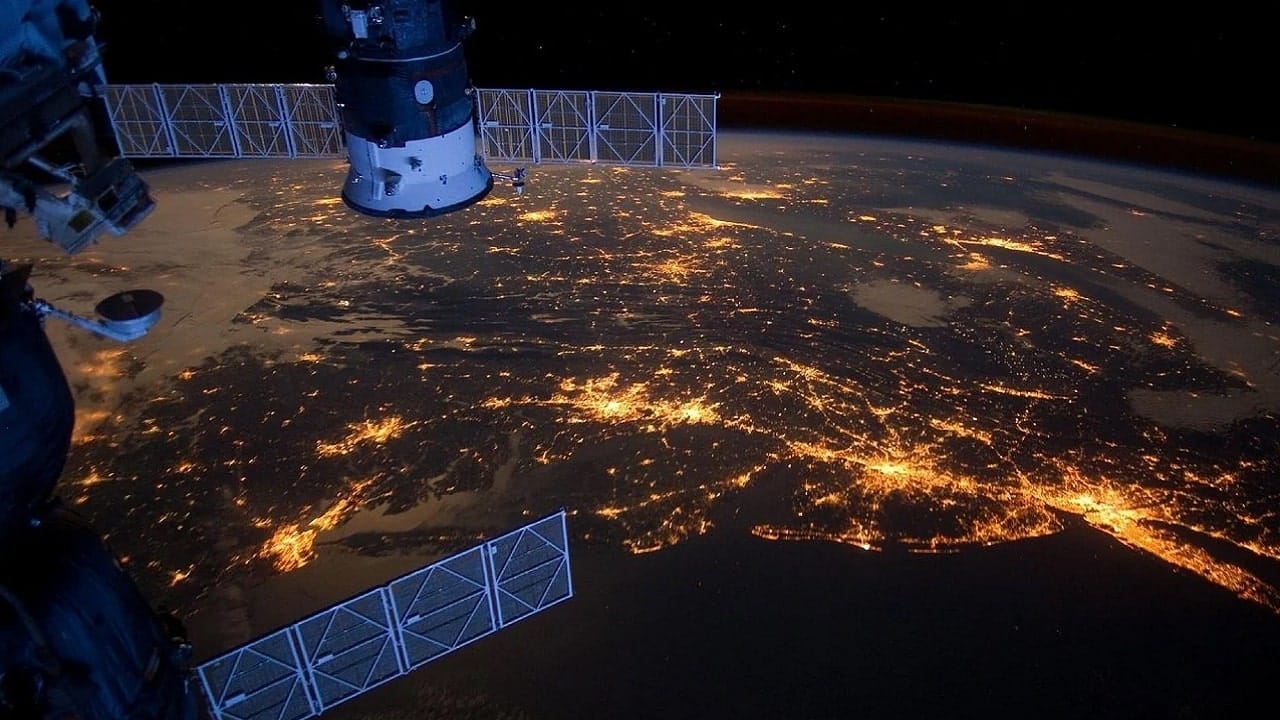The Chinese plans to put into orbit almost 13 thousand satellites to counter the Elon Musk’s Starlink project, providing a state satellite connection instead of Musk’s private one. The launch is therefore not only an economic operation, but also has a geopolitical aspect.
China launches 13,000 satellites into orbit, challenges Elon Musk
This announcement comes as the American businessman himself is attempting to reopen the channels of communication with the Chinese authorities. Indeed, Musk requested an interview with the new prime minister Li Qiangformer party secretary in Shanghai, where Tesla’s Chinese enterprise took place.
According to Chinese military space experts, China wants to speed up the launch of its satellite network to prevent that SpaceX appropriates ‘resources in low orbit’. In fact, they think its plan to place 40,000 satellites is too much for China’s monitoring and defense capabilities.
Beijing therefore wants to offer an alternative and physically occupy satellite space – before Musk (and by extension, the US that Musk partners with) gets it all.
The GW project
The project, called “GW“, would offer Internet services in the absence of a terrestrial connection. But it could also be used to intercept enemy networks and conduct operations that Sole24Ore defines as “anti–Starlink“.

GW would be coordinated by a group of the Space Engineering University of China. The GW network would include 12,992 satellites owned by China Satellite Network Group Coas reported by a specialized Chinese scientific magazine published in mid-February and taken up on Saturday 8 April by some Chinese media.
A really important deployment of forces: China does not want to spare any expense in the operation of Internet satellites.
Challenge to Western private individuals
Starlink, also taking advantage of the excellent relations with NASA and the US government for other SpaceX projects (such as the “steps” to the International Space Station), was the first to bring internet satellites into low orbit. At least on this large scale.
 Satellites sending datas exchanges and futuristic connections system over the globe 3D rendering elements of this image furnished by NASA
Satellites sending datas exchanges and futuristic connections system over the globe 3D rendering elements of this image furnished by NASA
Starlink uses small and low cost satelliteswhich are launched into space from SpaceX Falcon 9 rocket. These satellites allow you to have a rather fast Internet connection anywhere in the world, even in the middle of the ocean – or at least they will allow it when the constellation is finished. At the moment, there are four thousand Starlink satellites in orbit, but it wants to tenfold the number of satellites.
In recent years, however, the alternatives have multiplied. As Oneweba company based in London and based in Florida, which works in partnership with the Defense and Space division of Airbus. In charge of the construction of approx 580 satellites. Another alternative is the project Kuiper started by Jeff Bezos for a constellation of satellites that can guarantee high-speed internet around the globe to customers of Amazon. It provides for the creation of a network dthe 3,236 satellites in low Earth orbit for which the company has allocated investments for over 10 billion dollars.
But the European Union also seems interested in challenging Starlink, in order not to lose entry into this market with space potential.
China therefore wants to join this group of private investors, who are all Western – especially American. For Beijing, this could become not only an economic but also a strategic problem. So investing in this area can also have a geopolitical value.















Leave a Reply
View Comments